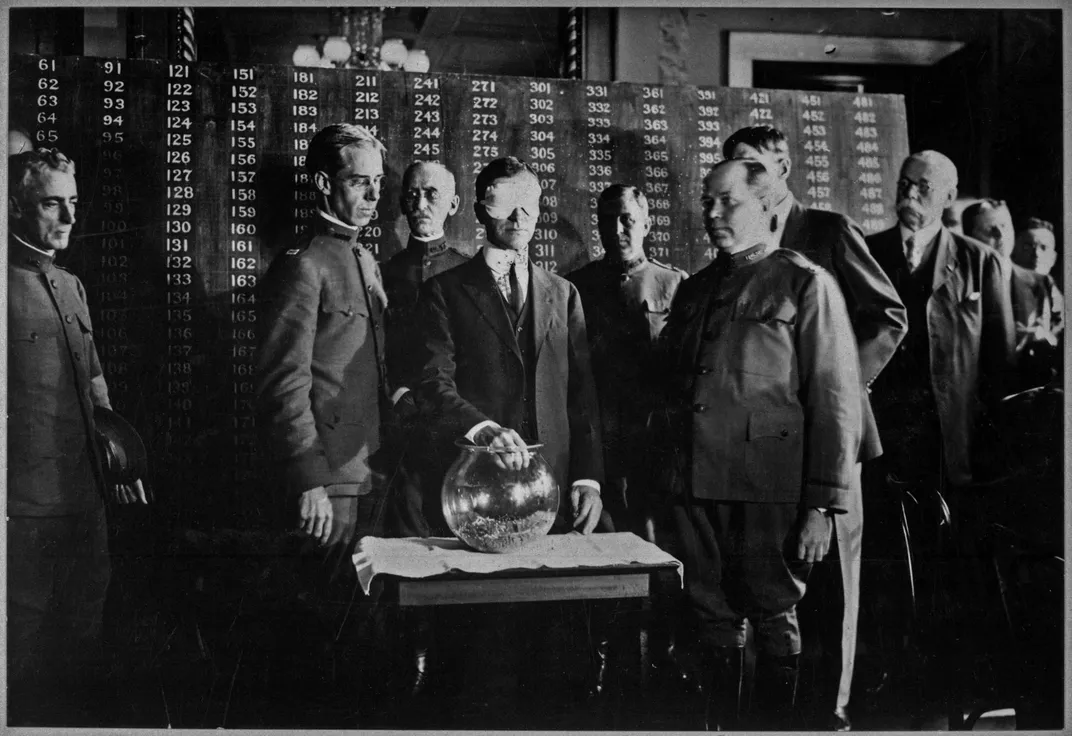Ted Eberle, 68, a solid, rough-hewn man in a canvas vest and camouflage cap, drives the gravel back roads of southeast Oklahoma in a pickup truck that smells of deer meat. Speaking in a twanging drawl, he tells story after story about the area—killings are a recurring theme—as we rattle and jounce through low wooded hills, isolated farms and thickets full of wild hogs.
“Seminole County was a refuge for outlaws when it was Indian Territory, and there are still places you don’t go unless you’re invited,” says Eberle, a former county commissioner.
Seminole County was also the center of the last armed and organized insurrection against the U.S. government. This dramatic, quixotic uprising of impoverished tenant farmers—mostly white, but including African-Americans and Native Americans—made front-page news across the nation in the summer of 1917, but is now almost forgotten, even where it took place.
“Most people around here have never heard of the Green Corn Rebellion,” Eberle says. “Or it might ring a bell somewhere, but they can’t tell you what happened. Hell, I had two uncles that went to prison for it, and I don’t even know how they got mixed up in it.”
Eberle knows the geography of the rebellion, though, and he’s taking me to key locations, starting with a rocky, brush-covered hill on the Little River. “That’s what they call Spears Mountain,” he says.
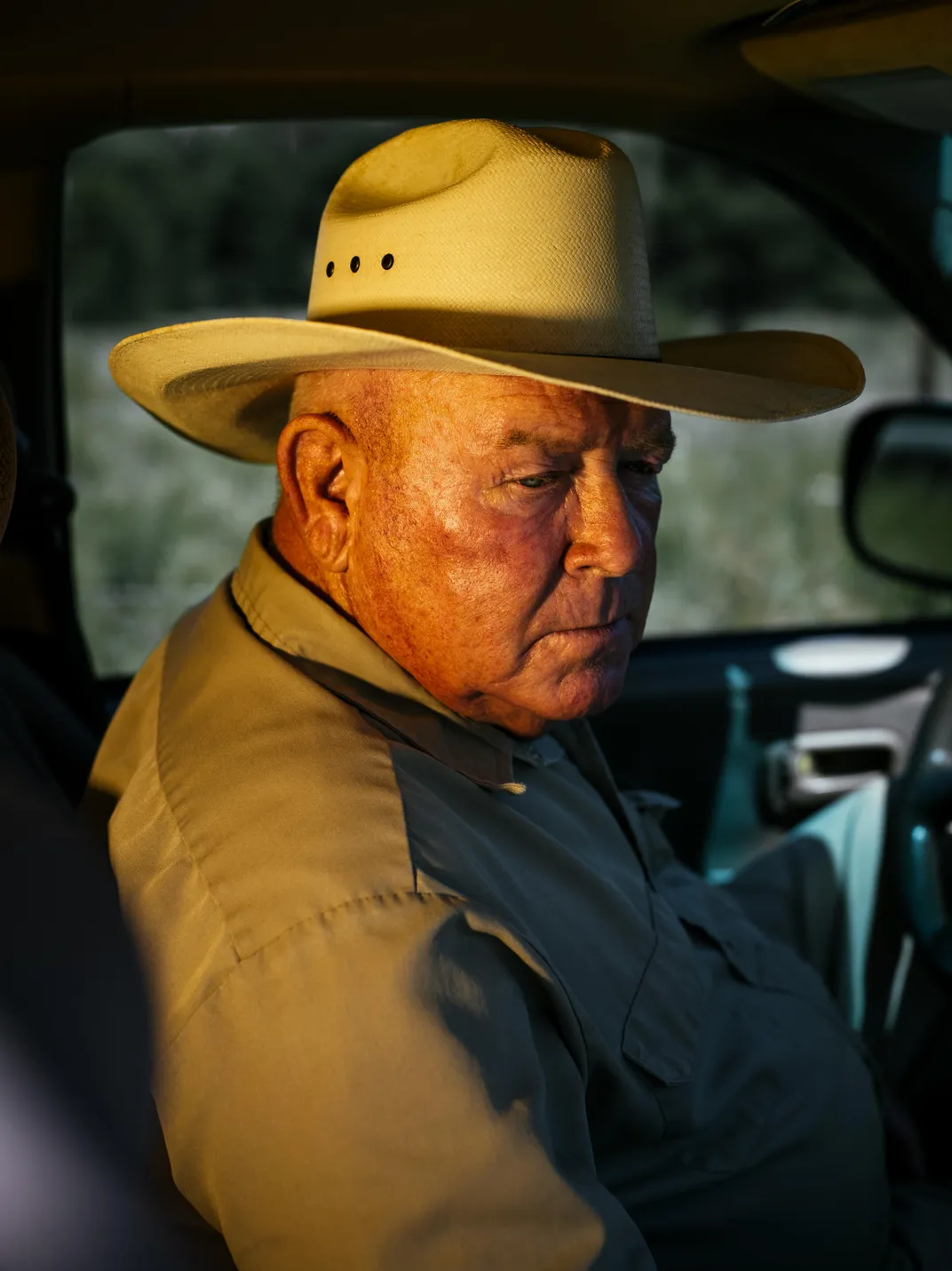
In early August 1917, several hundred rebels gathered here by the farm of John Spears, who had hoisted the red flag of socialist revolution. Socialists are about as common as Satanists in rural Oklahoma today, and regarded in much the same light, but in the early 20th century, poor farmers flocked to the anti-capitalist creed. Most of the men on Spears Mountain, and at other rebel gathering places, were members of the Working Class Union (WCU), a secret socialist organization that vowed to destroy capitalism as well as resist the military draft for World War I. The rebels planned to rout the forces of law and order in Oklahoma, and then march to Washington, D.C., where they would stop the war, overthrow the government and implement a socialist commonwealth. The rebel leaders had assured their followers that two million working men would rise up with them, forming an unstoppable army. On the long march east, they would feed themselves with green (yet to ripen) corn taken from the fields. Hence the rebellion’s name.
Eberle now drives to a rise overlooking the shallow, sandy South Canadian River. “Uncle Dunny dynamited a railroad bridge right there, or burned it down, I’ve heard it both ways,” he says. “His name was Antony Eberle. The other uncle was Albert Eberle. We called him Chuzzy. He went to prison because they hung someone using a rope that had his initials on it. At least that’s the story I’ve always heard.”
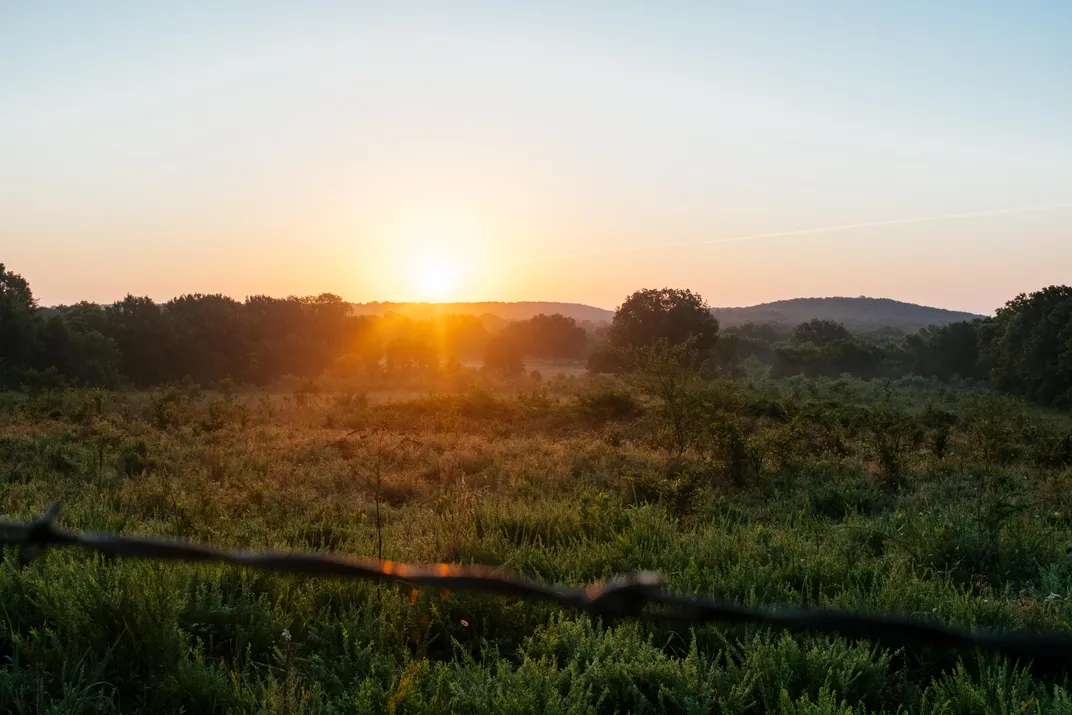
Dunny and Chuzzy wouldn’t talk to Ted about the rebellion after they came out of prison, and neither would Ted’s father. But others said Dunny and Chuzzy were “backed into it” by violent threats from a few outside agitators. Ted wants to believe this, but he doubts it’s true.
“They had razor-sharp knives, and they were quick and mean,” he says. “Uncle Dunny killed a man in Arkansas, and did ten years in prison, and came here when it was still outlaw territory. It’s hard to imagine anyone forcing Dunny—or Chuzzy—into doing something he didn’t want to do.”
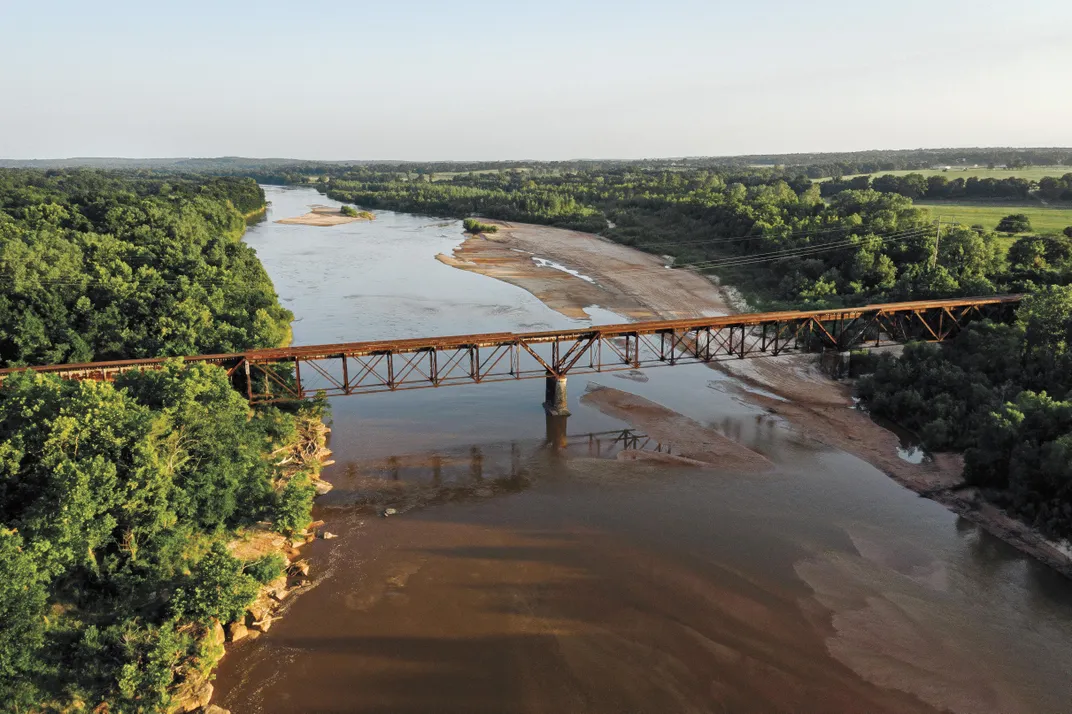
It’s extraordinary that this violent socialist rebellion against the U.S. government—the only one of its kind—has been largely erased from collective memory. Despite its failure, it wrecks long-standing arguments for “American exceptionalism,” as Alexis de Tocqueville called it—the notion that the United States is uniquely immune to radical class-based uprisings. But what’s most striking about the Green Corn Rebellion is the ambition of these half-starved backcountry farmers, the combination of boldness and delusion that propelled them to take on the government and the capitalist economic system. Armed with Winchesters, shotguns and squirrel-guns, riding on horses and mules, or walking on foot, they were confident of victory.
* * *
It might surprise many who call themselves socialists today, including members of Congress, that the heartland of American socialism was once rural Oklahoma. In 1915, there were more registered Socialist Party members in Oklahoma than in New York, which had seven times the population and a much stronger tradition of left-wing politics. Oklahoma socialists built a statewide movement, but won the most converts in the southeastern counties, where a small elite of predominantly white landowners had established a cotton fiefdom in the old Indian Territory. They rented out most of their land to tenant farmers, black and white, who had migrated to Oklahoma from Texas, Arkansas and the Deep South, dreaming of opportunity on a new frontier.

One reason that socialism thrived there was the appalling exploitation of these tenant farmers. In addition to being rack-rented, with the lease payable in cotton and corn, they were charged outrageous rates of interest by banks and merchants for the credit they needed to put another crop in the ground. Twenty percent interest was the baseline, 200 percent was not uncommon, and the highest compounded rates reached 2,000 percent. Buyers offered rock-bottom prices for cotton, and tenant farmers had no choice but to sell, and mortgage the next year’s crop, to keep going. Adding to these burdens were the poor soil and periodic ravages of the pestilential boll weevil. No matter how hard they worked, or how thrifty they were, tenant farmers were trapped in perpetual debt and abject poverty.
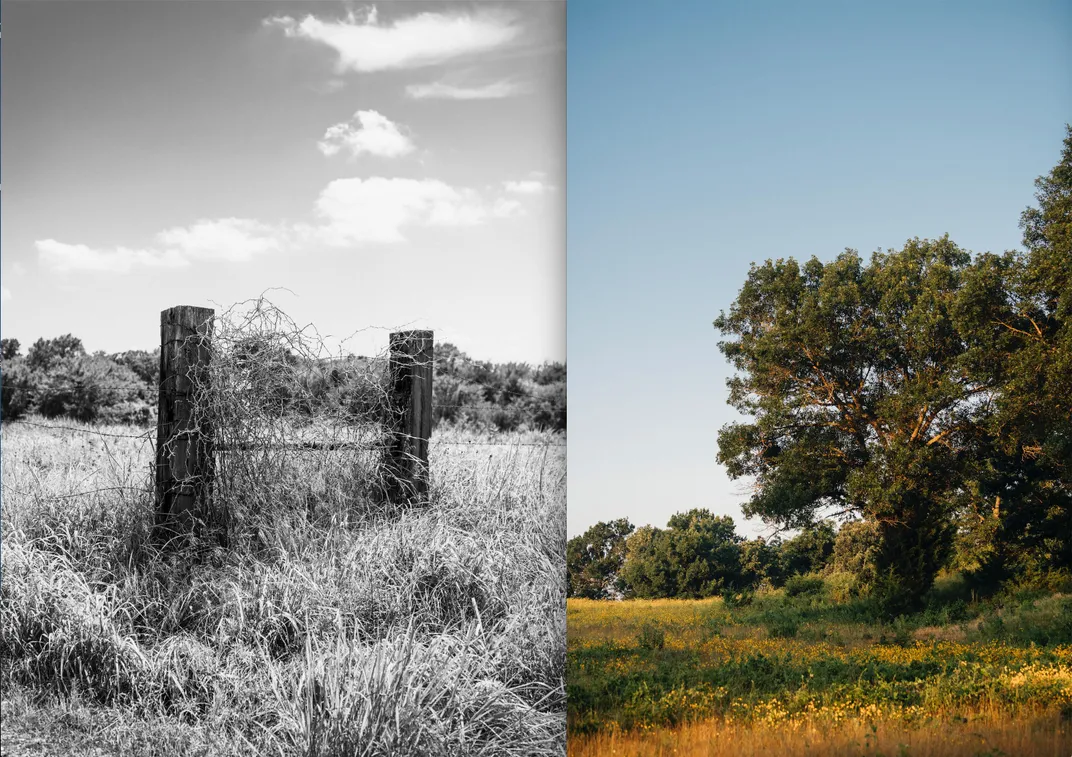
In 1907, the German-born socialist organizer and editor Oscar Ameringer met these ragged, emaciated men and women. He had been organizing dockworkers in New Orleans when he agreed to come to Oklahoma and spread the budding socialist movement. What he found in the southeastern cotton counties was “humanity at its lowest possible level of degradation.” Tenant farmers were living in crude shacks infested with bedbugs and other parasites. They were suffering the diseases of malnutrition, and toiling in the fields for up to 18 hours a day. Though the American Socialist Party, following Marxist orthodoxy, disdained farmers as petty capitalists and argued that agriculture should be collectivized, Ameringer and other socialist leaders in Oklahoma viewed “agricultural laborers” as members of the working class, and argued that anyone who works the soil has the right to own land. That was Marxist heresy—but it won over tens of thousands of debt-ridden small farmers.
Socialist Party organizers, who typically shun religion, exploited the evangelical Christianity of the Oklahoma countryside. They portrayed Jesus Christ as a socialist hero—a carpenter who threw the money-changers out of the temple and said it was easier for a camel to pass through the eye of a needle than for a rich man to go to heaven. The gospel of socialism spread through Oklahoma at weeklong summer camp meetings that attracted thousands and had the atmosphere of holiness revivals. Religious songs were given socialist lyrics. “Onward Christian Soldiers,” for example, became “Onward, Friends of Freedom,” and began “Toilers of the nation, thinkers of the time....” Speakers told of the evils of capitalism, the great beast whose lair was Wall Street, and the imminent arrival of a paradise on earth called the Cooperative Commonwealth, in which everyone would have enough to be comfortable and happy. Here at last the tenant farmers’ degradation was explained to them—the cause was the system, not their own shortcomings.
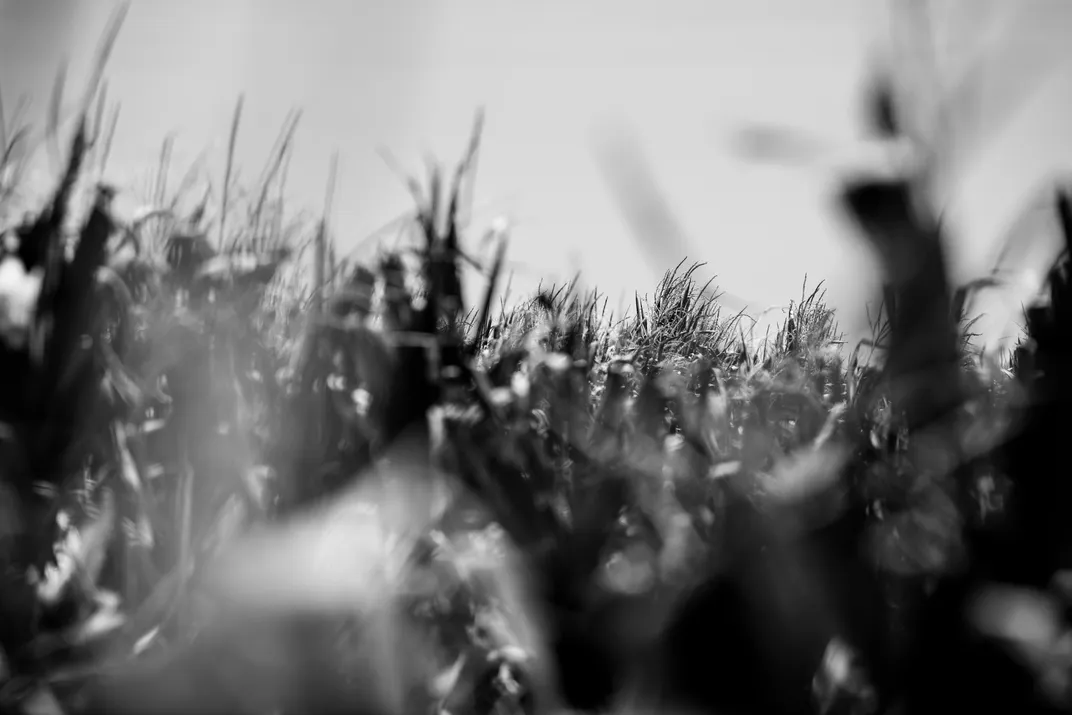
This unorthodox brand of socialism won support in Texas, Arkansas, Louisiana and Kansas, but it was strongest in Oklahoma. In 1914, the Sooner State elected 175 Socialist candidates to county and township positions, including six to the state legislature, alarming the political establishment. Between 1915 and 1917, the recently founded Working Class Union recruited thousands of angry, frustrated men in southeast Oklahoma, perhaps as many as 20,000. Their activities ranged from legal strikes, boycotts and lawsuits, to night-riding, bank robberies, barn-burning and dynamiting farm equipment.
Nothing helped the WCU more than President Woodrow Wilson’s decision in April 1917 to engage the United States in World War I. It meant that young men would be fighting and dying in Europe, not helping their families raise a crop. Under the charismatic leadership of H.H. “Rube” Munson, the wayward son of a prosperous Kansas pharmacist, and his mesmerizing lieutenant, Homer Spence, the WCU grew stronger by promising to shelter draft dodgers. Oklahoma farmers and socialists called Woodrow Wilson “Big Slick” and denounced the Allied cause as a “rich man’s war, poor man’s fight.”
* * *
No one knows more about the Green Corn Rebellion than Nigel Sellars, a historian at Christopher Newport University in Newport News, Virginia, who discovered an archival goldmine in the “Old German Files” of the Bureau of Investigation, the predecessor of the FBI. The files, preserved on microfilm at the National Archives, contain the bureau’s records of antiwar activities from 1915 to 1920. “I found affidavits, federal agents’ reports and interviews with the participants,” Sellars told me via email. He suggested that I take a look for myself.
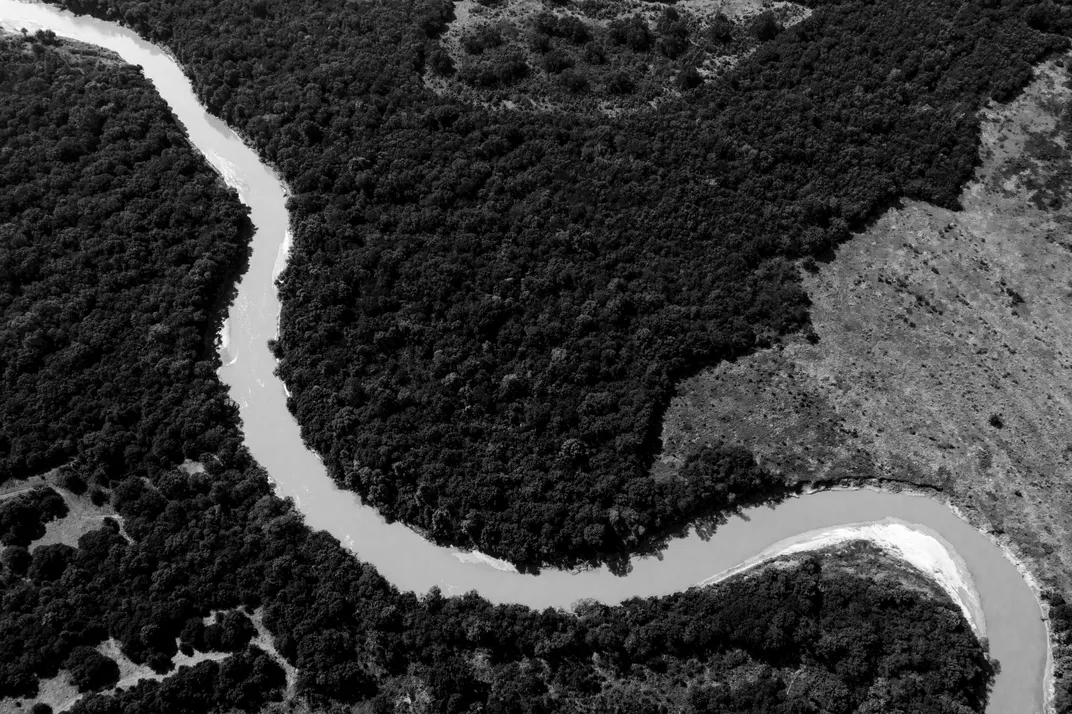
It was at the National Archives branch in College Park, Maryland, that I learned the truth about Ted Eberle’s mysterious uncles, Antony and Albert Eberle. Far from being “backed into it,” they were among the leaders of the local WCU and the draft resistance. That’s why Uncle Chuzzy went to prison; there are no records of anyone being hanged during the rebellion. The Eberle brothers had dynamite for blowing up railroad bridges, and strychnine to poison the food and water that rebel wives would offer to investigating lawmen. They also threatened people into joining the rebellion. Uncle Dunny, in a moment that captured the rebellion’s atavistic frontier style, pointed two Winchester rifles at a young, wavering recruit and said, “God Damn you, get on that horse and come along.”
The rolls of microfilm reveal that the WCU, despite its vows of secrecy, its murder policy for snitches and a system of secret passwords, was thoroughly penetrated by undercover federal agents and informants. One agent drank and played cards for ten hours with WCU leaders at a saloon called Mother McKeevers in Dewar, Oklahoma, as they plotted to dynamite the gas lines to the smelters at a local mine. The sabotage, they said, would launch a campaign of “dirty work” so devastating that the “big bones,” or rich capitalists, would hide in their cellars when they saw the sign of the WCU. It wasn’t all barroom talk. Soon afterward, explosions destroyed gas lines and a waterworks near Dewar, and WCU members were arrested for the crimes.
On May 25, Special Agent M.L. Cutler reported that WCU members in Hughes County, Oklahoma, were recruiting men in large numbers, and buying guns and ammunition “with the intention of fighting conscription.” In Seminole County, “after considerable questioning,” a Native American WCU member named Ottie Tiger revealed plans to murder local draft officers.
Homer Spence was in Seminole County on June 8, and spoke to the Friendship local of the WCU. If they allowed themselves to be examined by draft officers, he said, they would “never get to see Sally and baby no more.” He laid out some tactics for the first phase of the rebellion: poison the wells, fight from the underbrush, seize weapons from Uncle Sam’s dead soldiers, blow up buildings belonging to the “Slicks,” destroy the railroads, loot everything possible, carry it home in wagons and hide it. Then be ready to march to Washington.
Spence warned members that he was a “sub-cat,” and asked if they knew what that meant. They said no. He said it was a “death angel with a blind fold on that would appear to them in sleep.” According to the affidavit of W. H. Hoobler, “That nearly scared the boys to death, they didn’t know what to do.”
The Friendship local was led by Jim Danley, a wiry 35-year-old with a sandy complexion, and by the Eberle brothers. Danley was overflowing with revolutionary fervor. He told “the boys” that the uprising wouldn’t just be nationwide, but global, and they would whip the capitalist class once and for all. Meanwhile the Eberle brothers were recruiting their relatives to the WCU, urging people not to register for the draft, and stashing ammunition, strychnine and dynamite.
On the night of August 2, the Friendship local and the Francis local met on a sandbar in the South Canadian River. The meeting was interrupted when “Captain” Bill Benefield, head of the Lone Dove local, rode up on a mule. He was, according to historian James R. Green’s account in Grass-Roots Socialism, wearing a red sash with a saber at his waist. He announced that some of his members had ambushed and killed Sheriff Frank Grall and his deputy, Will Cross, and the rebellion was now underway. (In fact, Grall was only grazed and Cross survived his neck wound.)
Some of the men on the sandbar threw their hats in the air and hurrahed. Others got scared and wanted to leave, but Jim Danley grabbed his shotgun, the Eberle brothers leveled their Winchesters, and Benefield drew his gun. “The first son-of-a-bitch that starts to leave here,” Danley reportedly said, “we’ll leave him right here.”
Then they dispersed in groups, and started carrying out their plans. They cut telephone and telegraph lines, and set fire to railroad bridges and trestles. One group attempted—but failed—to dynamite an oil pipeline. On the morning of August 3, they mustered on Spears Mountain (also known as Spears Ridge), some 400-strong. They roasted a large quantity of corn and a stolen heifer. Then they waited for Uncle Sam’s troops to come, or a signal to begin marching to Washington.
News of the rebellion had spread rapidly, carried in part by fleeing conscripts, and nearby towns were in a panic. “Reign of Terror” and “Whole Region Aflame,” one newspaper proclaimed. White citizens were particularly alarmed to learn that blacks and Indians were among the rebels. In the town of Konawa, women spent the night hiding in a cornfield, while men lay on the roofs of store buildings with rifles. Sheriffs wasted no time. Within 24 hours, they had 1,000 armed men guarding the towns or hunting the rebels.
On Spears Mountain, around 3 p.m., the rebels saw a posse coming toward them. Benefield counted 30 or 40 men in the distance, and declared that killing them all would be light work. As the posse drew closer, however, courage deserted the rebel leaders. “At first Danley and Benefield gave orders to ‘fight like hell,’ but before a single gun was fired they gave orders to ‘run like hell,’” according to the affidavit of Lee Adams, a 22-year-old in the Friendship local. The vast majority of the rebels fled through the hills for home, or hid out in the river bottoms.
One group remained to put up a fight. But, expecting federal troops, they saw instead the familiar faces of their neighbors in the posse. As Walter Strong later explained, “We couldn’t shoot ’em down in cold blood. That’s the way we felt about the Germans too....We didn’t have no quarrel with them at all.” So they threw their guns down and surrendered.
Out of all the insurrections in American history, very few were as ambitious as the Green Corn Rebellion, and it must be judged as a disastrous failure. The authorities used the rebellion as a pretext to arrest innocent socialists all over Oklahoma and permanently destroy the socialist movement in the state by equating it with treason and violent anarchy. State and local governments established an intensely repressive, hyper-patriotic regime, in which citizens were jailed for failing to buy war bonds, and lynched and murdered for voicing antiwar sentiments. Nigel Sellars sums up the rebellion as “the only explicitly socialist insurrection in American history, and the only one that mirrors the other revolutions in 1917.” As Oklahoma newspapers and politicians proudly declared, Marxist revolution might have triumphed in Russia that year, but it got nowhere in the Sooner State.
* * *
Victor Walker, 75, is a genial retired sales executive in the small, shrinking town of Konawa. His grandfather, William Wallace Walker, was one of the rebellion’s leaders. The evidence was a document unearthed by a local journalist at the Oklahoma Historical Society. “It was never talked about in my family,” Victor says. “My sister knew that Grandpa had gone to prison, but she thought he’d stolen a horse. I had to tell her, ‘No, he tried to overthrow the U.S. government.’ She said, ‘What?’ She had never heard of the Green Corn Rebellion.”

Victor, the youngest child, found out about the rebellion from his father, Rex, who finally broke his silence toward the end of his life and told a few stories about the rebellion’s aftermath. Posses and lawmen were scouring the countryside in the biggest manhunt in Oklahoma history. Three rebels were killed in shootouts, and an innocent schoolteacher was gunned down while attempting to drive through a roadblock. William Wallace Walker was still hiding out, and young Rex was delivering his meals.
“One day lawmen came to the house, and wrapped a log chain around my dad’s neck,” says Victor. “He was 15 or 16, just a boy. They told him, ‘We’re going to hang your ass from a tree unless you tell us where that son-of-a-bitch is hiding.’ My dad didn’t tell them a damn thing, which was typical of him and his brothers. Grandpa raised five or six of the meanest boys that ever walked this county.”
On several occasions, Rex woke up in the middle of the night to find lawmen in the house holding kerosene lanterns and searching through the one room in which the family slept to see if the fugitive had sneaked home. Eventually, William Wallace Walker turned himself in; he served a year and a day in the federal penitentiary at Fort Leavenworth. “He lived ten more years after that, but he was never the same,” said Victor. “He came out broke, mentally and physically, and lost his farm while he was in prison.”
In the course of the manhunt, law enforcement authorities arrested 458 men, including many Socialist Party members who had no connection to the rebellion. At least 16 wanted men were never captured, including one of the WCU members who’d shot the sheriff and his deputy near Lone Dove. Some newspapers and politicians called for the arrested men to be lynched, and initially the U.S. prosecutor said their treason warranted the death penalty. But two-thirds of them were released for lack of evidence, and the authorities accepted that most of the rebels had been duped or coerced into taking part. Eighty-six men, all of whom pleaded guilty, were sentenced to prison terms of one to ten years. Rube Munson and Spence got the longest terms, and served under tough conditions in Fort Leavenworth.
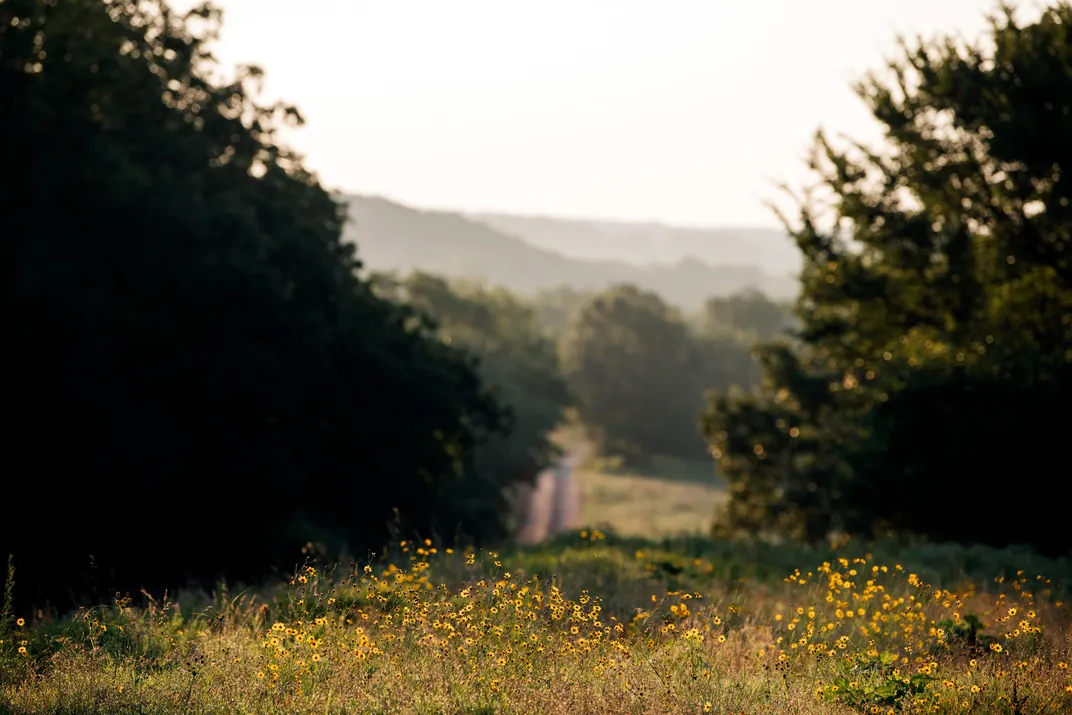
When the former Green Corn rebels were released, many had to move away because landlords refused to rent to them. The rest kept their heads down and their mouths shut. “Captain” Bill Benefield was so tormented with regret and remorse over the rebellion that he committed suicide. Ted Eberle’s uncle Dunny, if anyone asked, said he would gladly fight for Uncle Sam if given another chance. The Oklahoma Socialist Party disbanded in 1918.
* * *
In a manicured neighborhood in an Oklahoma City suburb lives a courtly, cigarette-smoking octogenarian named Paul Gaines. His family history contains a bitter footnote to the Green Corn Rebellion. On the first day of 1920, nearly a year and a half after the rebellion folded, his grandfather Tom Ragland, who had served on the county draft board, was riding through Seminole County. Five men lurking by a culvert blasted him off his horse with shotguns. His body was found with a typewritten note pinned to his chest saying “never again would he send men to war.”
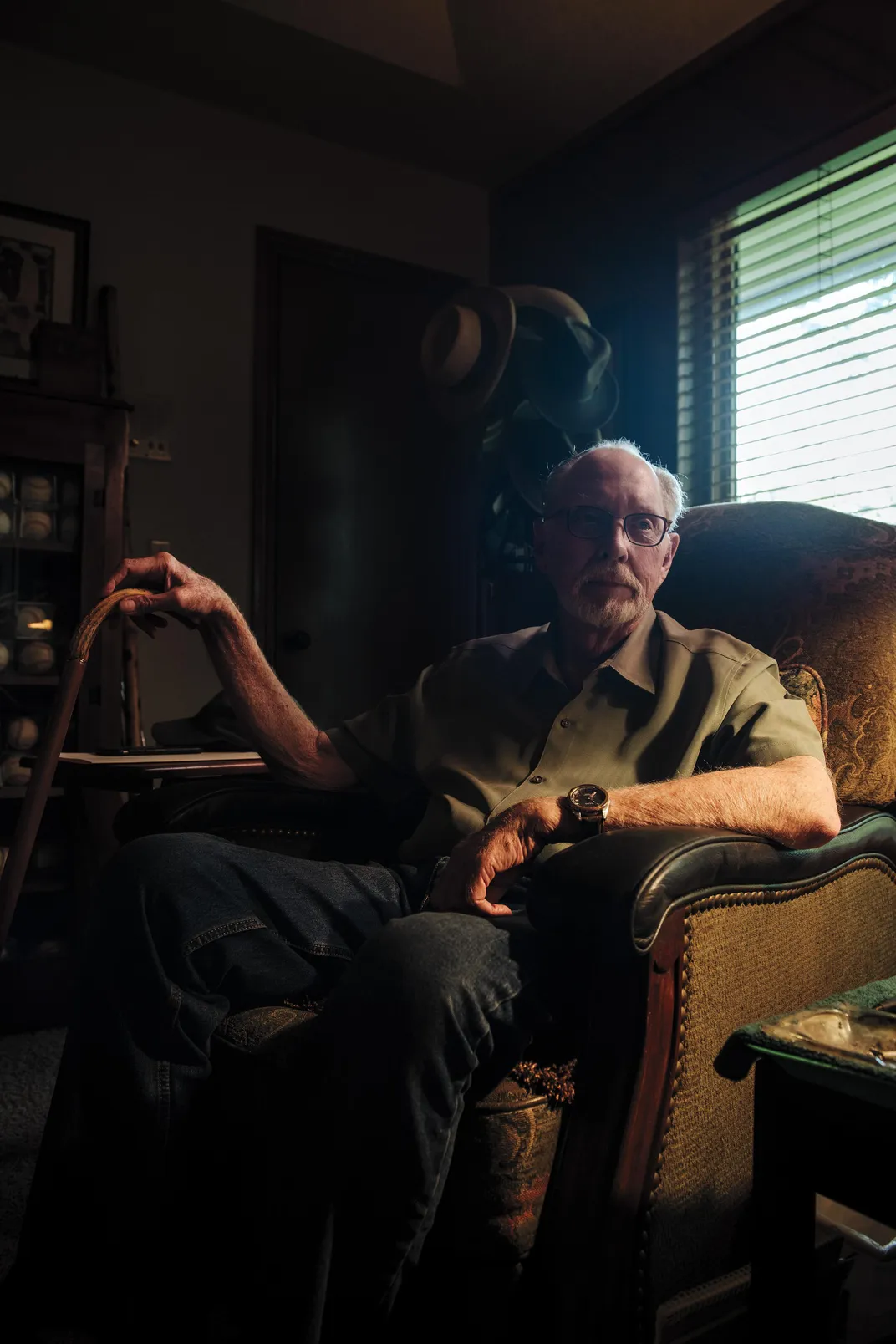
“My grandmother put up a grave marker where his body was found, but the family was worried that it might get stolen or vandalized, so I have it here now,” says Gaines. “I’d be happy to show it to you.”
He leads me across the back lawn to a storage shed, unlocks the padlock, pulls back the door and points to a slab of gray stone inscribed with these words: “Tom Ragland. Killed here, Jan. 1, 1920.” Below that, the stone is damaged, but you can still see most of the ominous message that Raglan’s wife put there for his murderers: “Prepare to meet your God.”
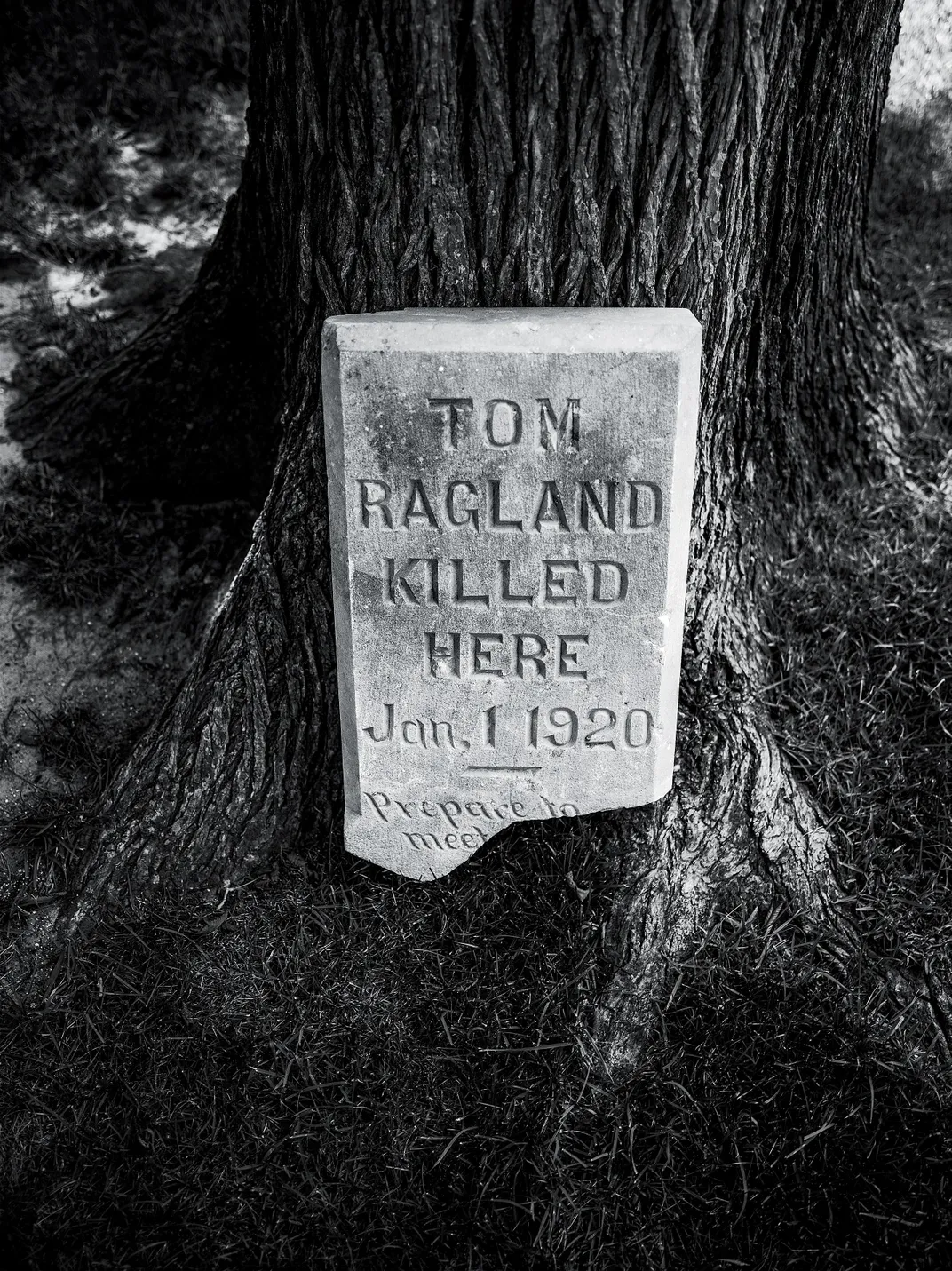
“I think it’s fair to say that my grandfather was the last casualty of the Green Corn Rebellion,” says Gaines, closing up his shed. “And his killers got away with it. The case was never solved.”
:focal(2881x349:2882x350)/https://tf-cmsv2-smithsonianmag-media.s3.amazonaws.com/filer/e5/ad/e5ada650-f664-4715-a405-155212e9c54b/oct2019_a04_greencornrebellion.jpg)
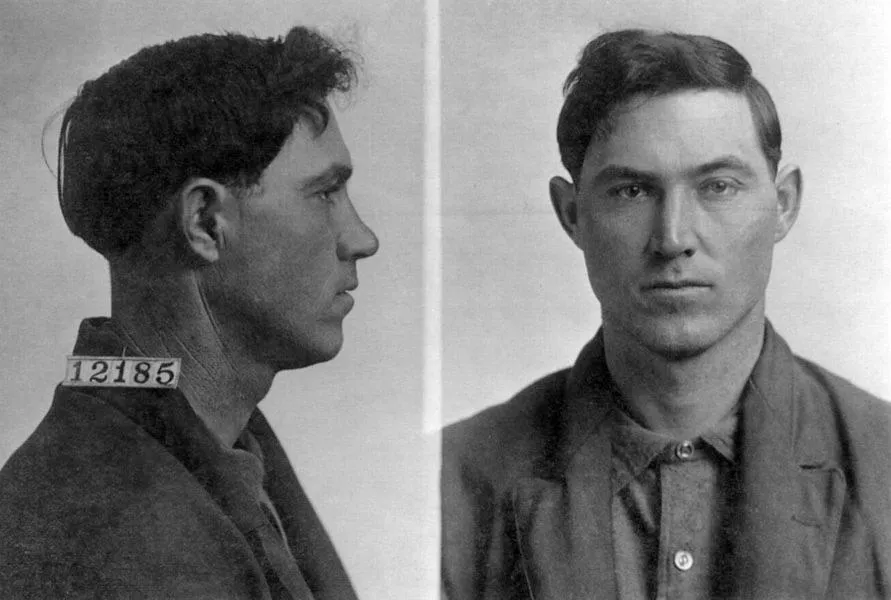
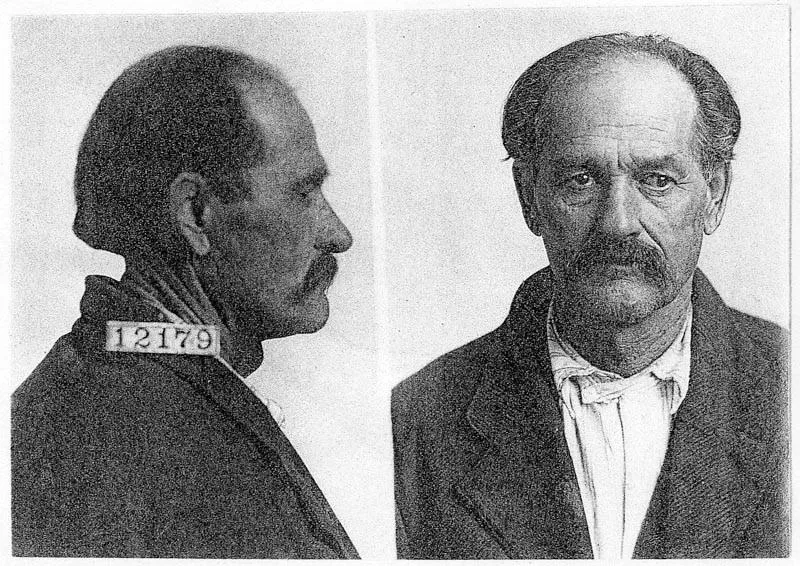
/https://tf-cmsv2-smithsonianmag-media.s3.amazonaws.com/filer/50/ba/50ba1d0f-7b63-401e-b381-c054290e3564/oct2019_a01_greencornrebellion.jpg)
/https://tf-cmsv2-smithsonianmag-media.s3.amazonaws.com/filer/e9/6f/e96f812a-c136-488e-ab93-398da6483d28/oct2019_a23_greencornrebellion.jpg)
